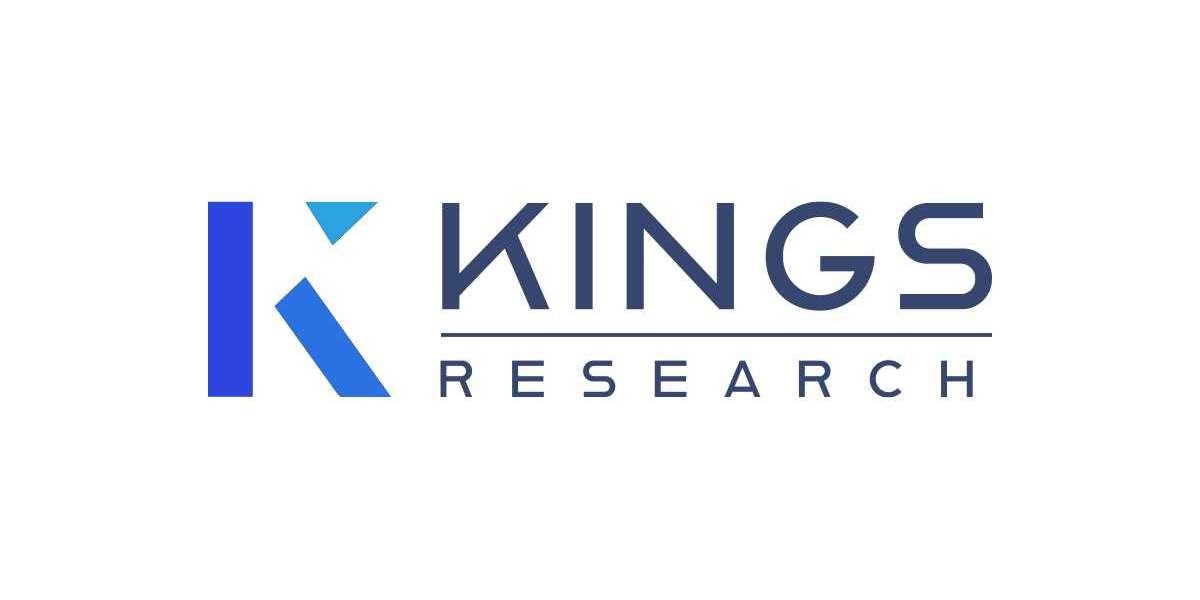In today’s globalized economy, businesses are under constant pressure to deliver goods faster, more accurately, and more cost-effectively. Supply chains have grown more complex, spanning multiple regions, transportation modes, and service providers. To keep up with this complexity, companies are turning to advanced solutions such as command centers, control towers, and more specifically, the logistics control tower model. These centralized systems not only enhance visibility across the supply chain but also empower businesses to make proactive, data-driven decisions.
By integrating technology, analytics, and real-time communication, logistics control towers and command centers are reshaping how organizations manage operations. They act as the “nerve center” of logistics management — bringing together data streams from suppliers, carriers, warehouses, and customers into one cohesive platform. This post will explore their role, benefits, and strategic importance in supply chain optimization.
Logistics Control Towers: Driving the Future of Supply Chain Management
The logistics control tower is a specialized type of control tower focused specifically on logistics operations, such as transportation, warehousing, and last-mile delivery. It combines the real-time monitoring of a command center with the predictive capabilities of a control tower, making it one of the most powerful tools for modern supply chain leaders.
Logistics control towers excel at data harmonization. They consolidate information from different transportation management systems, warehouse management systems, and external partners into one centralized dashboard. This provides a 360-degree view of logistics operations, enabling companies to optimize routes, reduce lead times, and cut costs.
Another critical advantage of logistics control towers is their role in customer experience enhancement. Today’s customers expect speed, transparency, and reliability. A logistics control tower provides real-time shipment tracking, proactive alerts, and predictive delivery estimates — features that directly improve customer satisfaction and loyalty.
Command Centers: The Nerve Hub of Logistics Operations
A command center in logistics functions as the centralized hub where all data, operations, and decisions converge. Much like mission control in aerospace, a command center oversees supply chain operations from a single vantage point. Its primary role is to monitor performance, detect disruptions, and coordinate responses across the network.
One of the key benefits of command centers is real-time monitoring. With advanced dashboards and analytical tools, they allow companies to see shipment statuses, inventory levels, and transportation flows at a glance. This enhanced visibility reduces the risk of blind spots and enables faster corrective action when delays or disruptions occur.
Furthermore, command centers are not limited to crisis management. They support strategic planning and continuous improvement by collecting long-term performance data. This enables organizations to identify inefficiencies, predict demand fluctuations, and adjust their logistics strategies accordingly. As supply chains continue to evolve, command centers will serve as the backbone of operational excellence.
For Original Post View: https://soocian.com/read-blog/39172_the-power-of-command-centers-and-logistics-control-towers-in-modern-supply-chain.html







